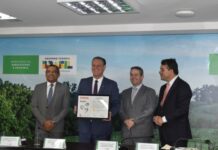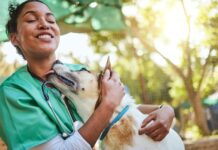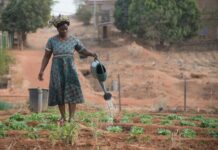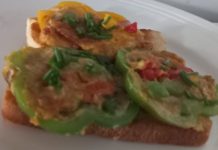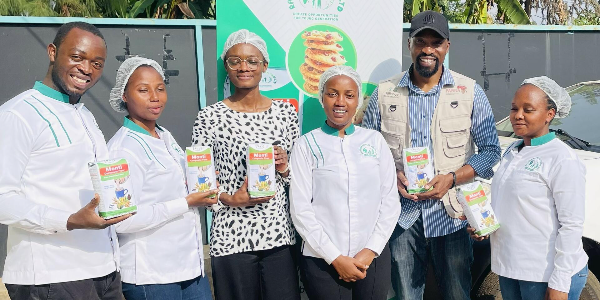
In Rwanda, where beans are a dietary staple, Samuel Uwihanganye has turned a nutrition challenge into a business opportunity.
The Alliance of Bioversity International and CIAT (the Alliance) recently documented how Uwihanganye, a passionate advocate for children’s nutrition and community empowerment, built on their high-iron bean research to develop a fortified bean-flour product that is drawing international attention.
Uwihanganye is the founder of Rainbow Healthy Food Ltd, the firm behind the innovative fortified bean flour developed in collaboration with the Pan-Africa Bean Research Alliance (PABRA).
The Alliance’s report highlights how the high-iron bean germplasm retains much of its iron content even after cooking — making it “ideally suited for boosting nutrition” in processed products.
Working with food-processors and scientists from the Alliance and PABRA, Uwihanganye adapted the high-iron bean varieties into flour suitable for porridge mixes, snacks and shelf-stable food products.
In his own words, “We knew beans are well-loved here in Rwanda, so the trick was to make a flour that fits into what people already eat, but with extra nutrition,” he told the Alliance of Bioversity International and CIAT.
Innovation at its core
Rainbow Healthy Food’s major breakthrough came in March 2025 during a co-creation session in Rwanda, where experts from the Alliance worked closely with Uwihanganye and his team to refine the formulation of nutrient-rich flours.
Using data-driven tools such as NutriSurvey’s linear programming, they developed three composite blends with varying levels of high-iron beans — 8.33%, 12% and 16.67%. These were designed for both their nutritional value and everyday appeal, tailored to East African family diets where porridge is a staple and micronutrient deficiencies are widespread.
This innovation comes at a time when iron deficiency remains a major public-health issue in Rwanda and across Sub-Saharan Africa. The Alliance notes that the fortified bean-based flour is “traded in domestic and regional markets.”
By adding value along the chain — from the high-iron bean seed, to production, processing and consumer packaging — Uwihanganye’s enterprise is aligning nutrition, business opportunity and local supply-chain development.
Value-chain potential
The report documents more than just yield or nutrition gains: it underscores value-chain potential. “A series of recently released bio-fortified high-iron bean (HIB) varieties can be made into flour and pre-cooked beans as products traded in domestic and regional markets,” the Alliance observed.
For Uwihanganye, that means bringing farmers into the loop, supporting local seed multiplication of high-iron varieties, strengthening processing capacity and creating jobs.
Crucially, the product was designed with consumer acceptability in mind. Low uptake of bio-fortified crops often stems from unfamiliar taste or cooking formats. Uwihanganye focused on ensuring his product matched local preferences.
“We engaged community groups, mothers, local kitchens — not just scientists — to test the flour, test texture, test how it mixes with what families already serve.”
In doing so, Uwihanganye is capturing both the social and economic dimensions of food innovation — a strategy the Alliance describes as part of why the formulation “draws international acclaim.”
According to the Alliance report, the fortified-bean flour concept is gaining traction — both in Rwanda’s domestic market and regionally — and may become a model for how bio-fortified staples can be processed into higher-value, nutrition-rich products.


